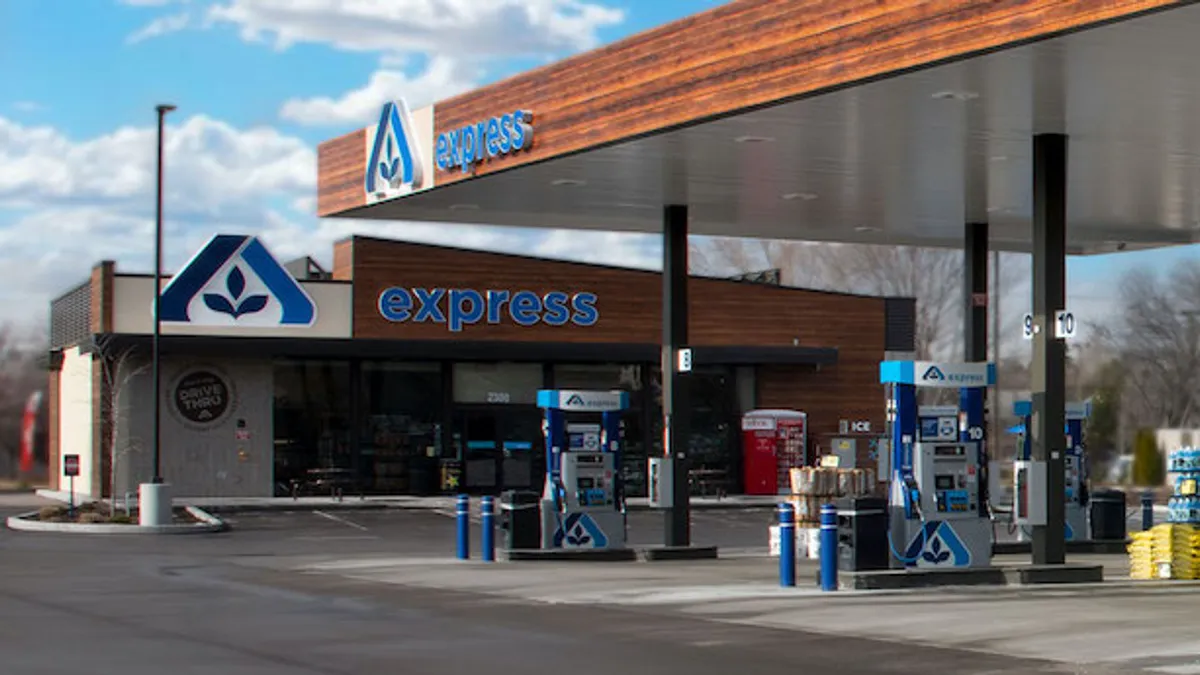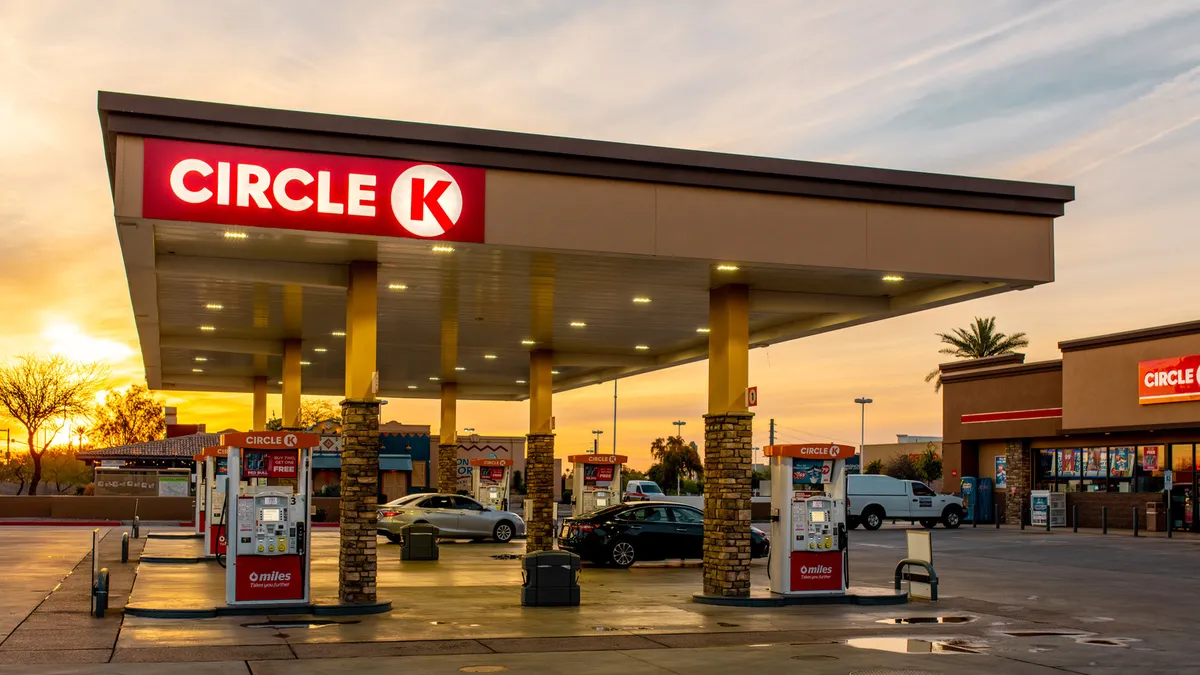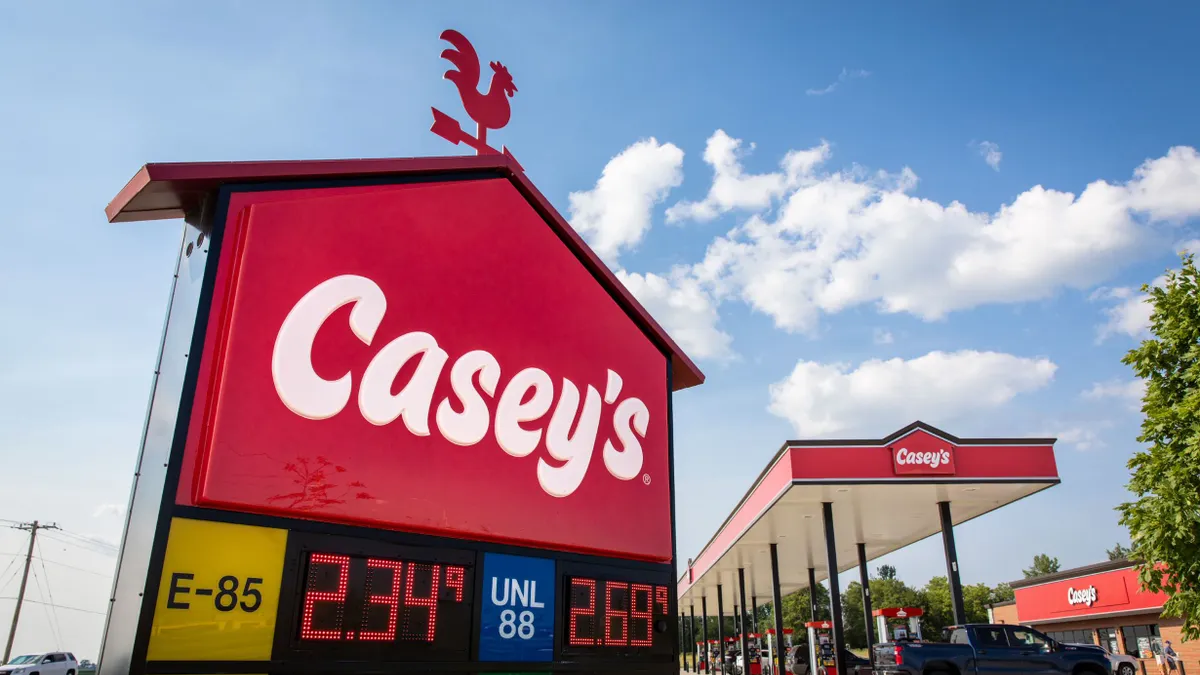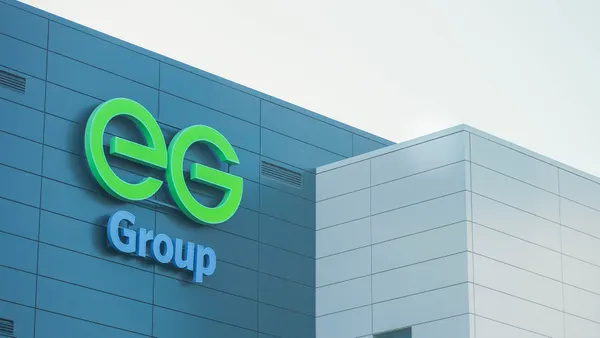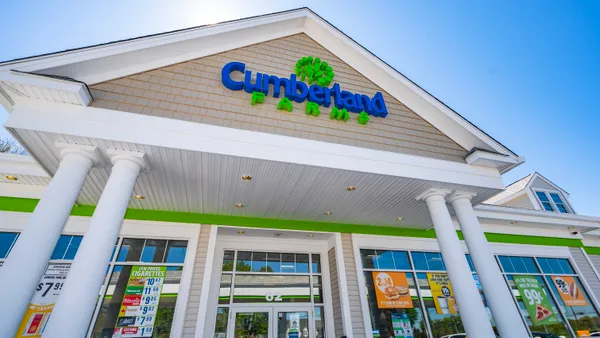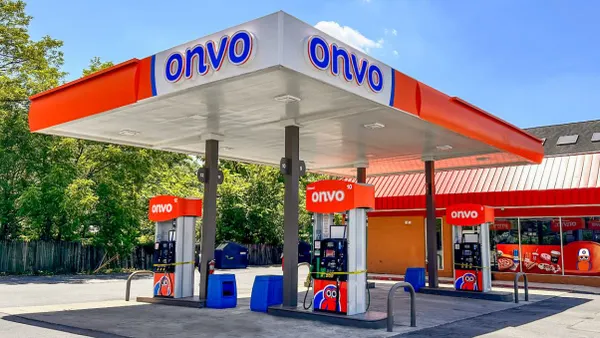Kroger sent shock waves through the grocery and retail industries when it agreed to acquire rival Albertsons for over $24 billion earlier this month. If approved, the merger would create a supermarket chain of immense size and scale that can compete with the non-grocery competitors like Walmart, Amazon and Dollar General that continually pressure the industry.
But the acquisition has major implications for the c-store and fuel industries, too.
A little-discussed aspect of the deal is the fact that a combined Kroger and Albertsons would operate over 2,000 fueling centers nationwide, with a market share that’s on par with 7-Eleven and Circle K, Fred Rozell, president of price-reporting agency Oil Price Information Service (OPIS), said in an interview.
Fuel is a big part of Kroger’s business. In 2021, Kroger's total fuel sales hit roughly $14.7 billion — its most since 2018 — up over 50% from around $9.5 billion in 2020.
If the merger goes through, Kroger would have a fuel market share of 5.76% based on canopy visits, Rozell said. When asked to elaborate on this, Rozell explained that OPIS anonymously tracks and geofences millions of cell-phone locations at fuel retailers. OPIS then extrapolates the percent of overall visits happening under those canopies versus those at other c-stores and gas stations.
With 7-Eleven’s market share being 7.46% and Couche-Tard’s at 6.69%, according to OPIS, Kroger’s 5.76% would make it a juggernaut.
“[Kroger and Albertsons] are individually big players in the market, but combined, they’ll be one of the major players,” he said.
Additionally, Rozell said Kroger would operate 1.59% of U.S. fuel outlets, giving the company an efficiency rating of 3.62 — “indicating very high per-store volumes,” on par with top chains such as Wawa, Sheetz and RaceTrac.
“They’re up there with some of the bigger players in the space,” he said.
On a state-by-state basis, Kroger’s fuel presence would be strongest in Oregon, Washington and Alaska, “with a lot of room for growth in other parts of the country,” Rozell said. Kroger and Albertsons currently have a higher percentage of fuel visits in these regions compared to other brands, he said.
“When I look at the overall visits of all fueling outlets in those states, [a] combined Albertsons and Kroger gets the highest percentage,” he said.
Kroger would also become the owner of Albertsons’ 54 convenience stores — marking Kroger’s re-entry into fully owned convenience stores in the U.S., after selling all but 21 of its nearly 780-store network to EG Group in 2018 for over $2 billion.
Kroger did not respond by press time to a request for more information about what it plans on doing with Albertsons’ convenience-store network.
Albertsons debuted its c-store brand, Albertsons Express, in 1997, but divested those and other stations from 2008 to 2013. The grocer gained a large number of gas stations when it purchased Safeway in 2015, and debuted its updated Express c-store concept in 2017. Currently on its website, Albertsons says it operates seven Albertsons Express c-stores throughout Idaho, Louisiana, Nevada, Oregon and Texas.
Rozell said he has “no idea” what Kroger plans to do in terms of the c-store space, but that the company has room to expand geographically around the country. He also noted that the merger doesn’t change much for the larger players in the c-store industry, but may make things more difficult for small and mid-sized chains.
“I see a lot of the big chains getting bigger — growing through acquisitions or new builds,” he said. “It’ll be hard for a lot of the smaller independent operators to compete if the big chains keep getting bigger.”



